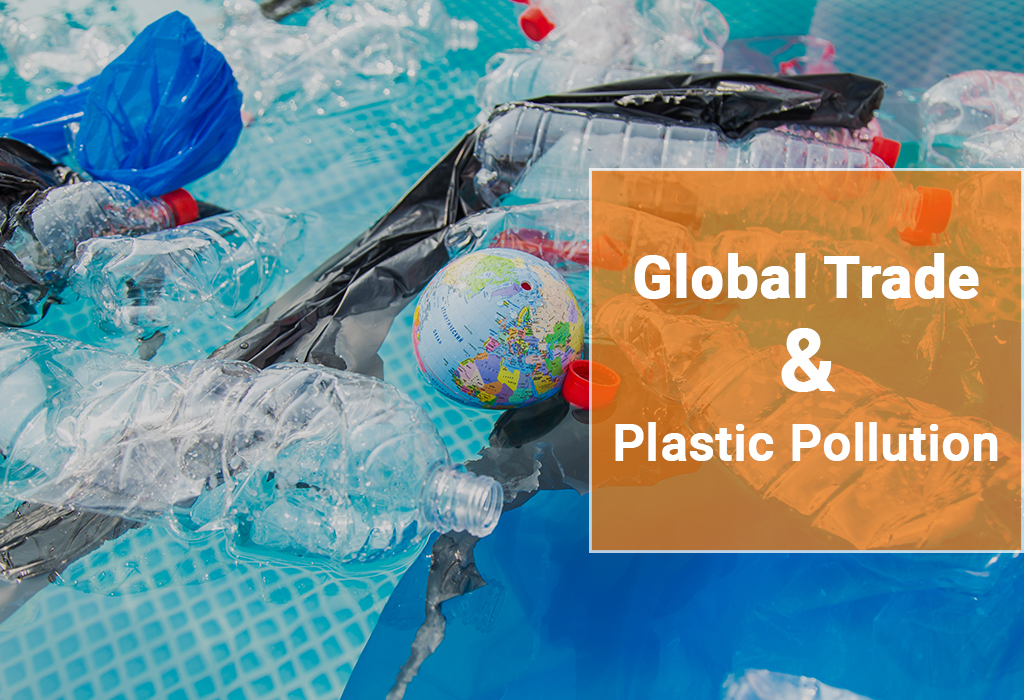Key Highlights
- Plastic pollution is a real issue due to global patterns of plastic production and consumption.
- Global trade can help reduce plastic pollution via trading agreements that support responsible plastic flows and circularity.
- A summit in Uruguay discussed establishing an internationally binding treaty on plastic pollution for the first time for delivery by 2024.
Government representatives around the world discussed the internationally binding treaty to end plastic pollution in Uruguay. The summit was held from 28th Nov to 2nd Dec 2022. The United Nations Environment Assembly (UNEA) has promised to deliver by 2024. It is the first time global countries will see multilateral action against plastic pollution on such a large scale as the transboundary nature of plastic becomes increasingly evident. Here is a bigger picture of how global trade can help reduce plastic pollution with essential data.
A Cross-Value Chain Problem
Trade of plastics across international borders, and global value chains have dominated a substantial part of the discourse on plastic pollution. For the worldwide production and consumption patterns, there is a need for cross-value chain collaboration to render plastic action effective.
Domestic bans and restrictions on plastics will only work if implementing governments know the magnitude of plastic flowing into their economies via imports. Furthermore, illicit imports of plastic waste and dumping of waste remain a concern for the environment. They choke the tenuous waste management systems in many developing countries and aggravate marine plastic pollution.
Trade is a major reason for plastic pollution but it can also play a significant role in reducing the consumption of plastics and thus plastic pollution. If global countries reduce using plastic-made products and switch to user-friendly goods, the trade of plastics will get reduced and so plastic pollution will be ended. In 2021, global imports of plastics totalled USD 802, 042 million and global exports of plastics totalled USD 806,607 million with China being the world’s top plastic trading country. Here is a list of the world’s top 10 importers and exporters countries of plastics with their values.
Relevant Action
Bilateral trade agreements are vital to instituting responsible international plastics flows, including embedded plastics. Such agreements can facilitate trade and create regional economies of scale in reusable, recyclable, recycled, and alternative and substitutes, attracting investment in these fledging industries.
In countries like South Africa, the Department of Forestry, Fisheries and the Environment (DFFE) is deepening its understanding of how trade policy can support circularity through standards harmonization, better recycling, and substitution while looking to extend present Extended Producer Responsibility (EPR) regulations.
Plastic is undoubtedly harmful to not only the health of humans but nature as well. Still, global countries import and export plastic-made goods as these are less expensive compared to user-friendly products. However, if we want to end plastic pollution, we need to take strict action and reduce the trade of plastics.

GIPHY App Key not set. Please check settings